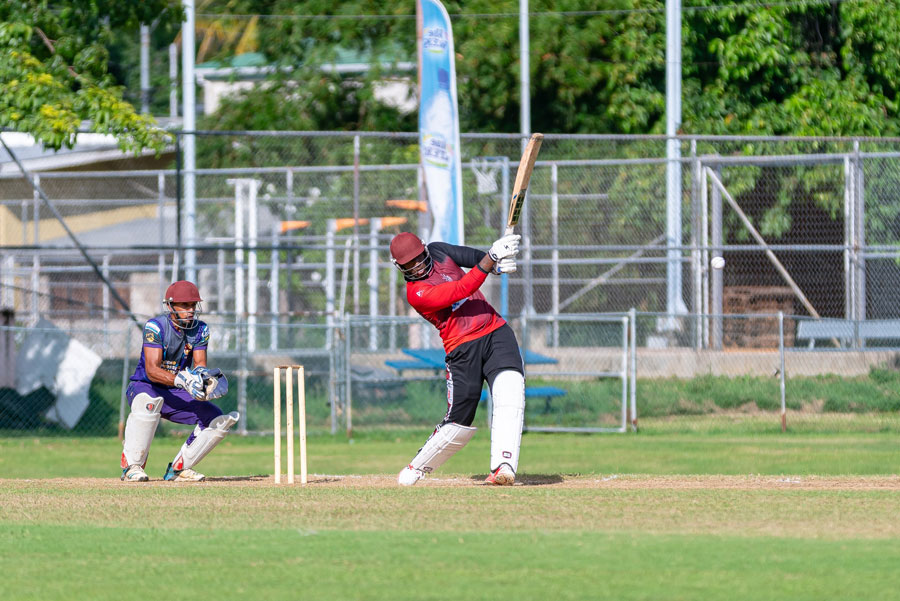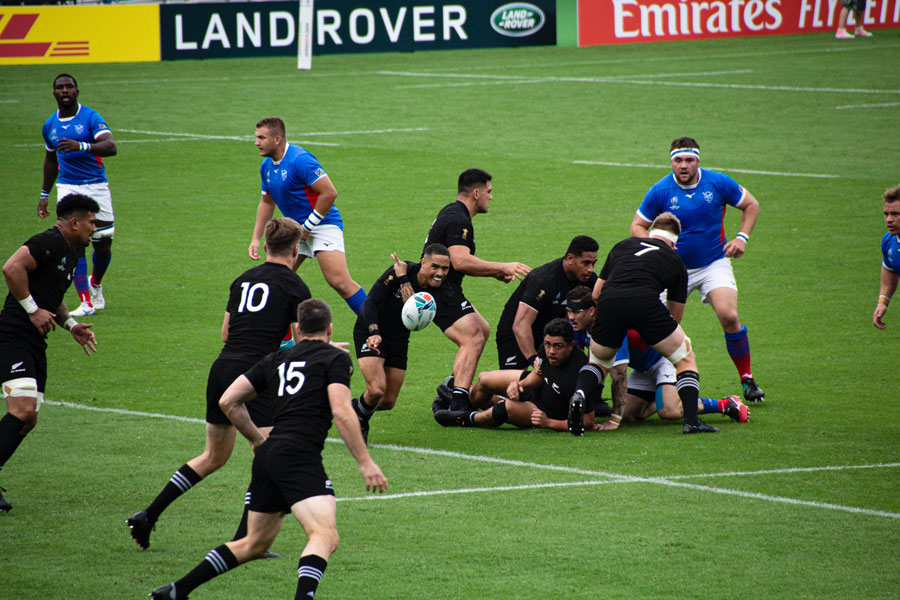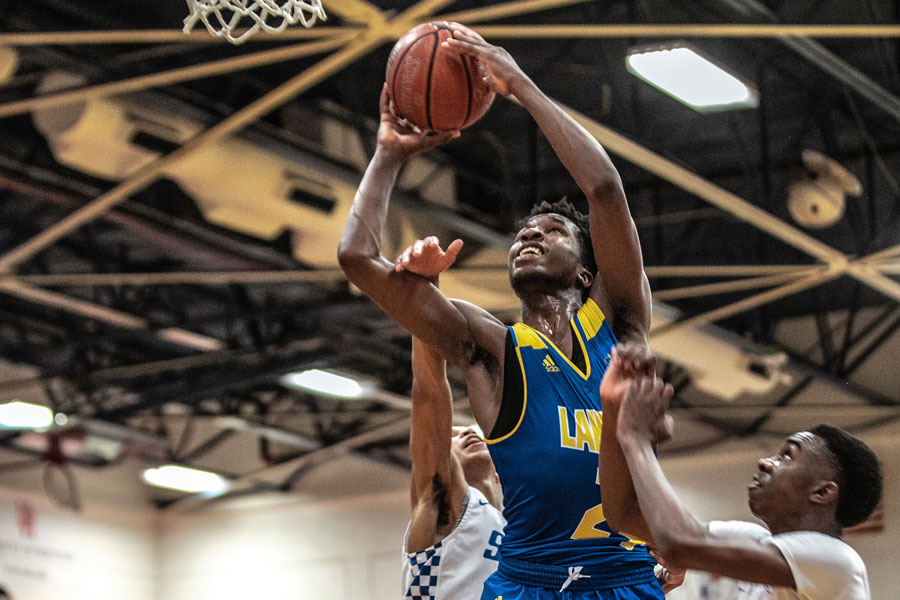
Cricket is a common bat-and-ball game played on a field between two teams of 11 players. A combination of physical fitness, skill, and strategy is necessary for this globally popular game. Although this is a non-contact sport, since players participate in a wide variety of physical activities. These activities include throwing, batting, running, bowling, and catching, overuse and impact injuries are prevalent. This is where the cricket protective equipment comes in.
According to Sports Health: A Multidisciplinary Approach, peer-reviewed journal, bowling (41.3%), fielding, and wicket keeping (28.6%) account for most injuries. While acute injuries are most common (64%-76%), with the rest being acute-on-chronic (16%-22.8%) and chronic (8%-22%). Thus, like many other sports, cricket players have permission to wear cricket protective equipment to ensure the players’ protection.
What Equipment do Cricket Players Use?
Well, they’re all going to start with saying a bat and a ball. And that’s 100% true. And there are some extra ones needs to play cricket,
- cricket stumps
- spare cricket balls
- cricket bails
- cricket scorebook and scoreboard
- umpire’s coat/ ball counter
- boundary ropes or flags
There are, however, a range of other main cricket equipment that a player should consider important. And that is protective equipment for cricket.
What Are the Guards Used by Cricketers?
Cricketers use a number of guards in the field whether it’s an official game or a training session.
- Chest Guard
- Arm Guard
- Elbow Guard
- Thigh Guard
- Abdominal Guard
- Leg Guards
For the convenience of the reader, above six are again included in the list of protective equipment used by cricketers. Please keep reading to find more about each of these equipment in detail.
What Protection Do Cricketers Wear?
So, are you looking for cricket protective equipment? No worries. Take a look at the ten of the most necessary cricket protective equipment that you need to own.
- Helmet
- Sunglasses or Protective Eyewear
- Chest Guard
- Arm Guard
- Elbow Guard
- Gloves
- Thigh Guard
- Jockstrap
- Abdominal Guard
- Leg Guards or Pads
You might certainly wonder about the functions of each of these protective equipment after going through the list. Continue to read! Undoubtedly, the following sections will help you clarify your questions and help you buy the right protective equipment for yourself. You will find about the above listed equipment along with some of the best products available for each category on the market as well.
1. Helmet
One of the major protective equipment in any cricketer’s bag is a cricket helmet. The right helmet would significantly decrease the risk of a serious head injury to any batsman, wicket keeper or any closer in-fielders. For cricket matches, the full-sized helmet is preferred with bars on the front.
During the cricket match, the ICC Clothing and Equipment Regulations made it mandatory to wear a helmet. In modern-day cricket, helmets conforming to and labeled with the British Standard “BS7928:2013” are used and produced in accordance with the safety standards set by the ICC. This makes sure that the helmet passed against standard size balls of 5.5 ounces and 4.75 ounces for men and juniors, respectively.
Since 2017, the ICC has not enacted laws on the requirement to wear helmets; it is a decision up to its own test nations. However, in first-class cricket, the England and Wales Cricket Board requires all its batsmen, wicket keepers and close in-fielders to wear helmets. Meanwhile, it is not mandatory for players to wear helmets in New Zealand and Indian national cricket teams.
However, it is critical that when purchasing a helmet, a cricketer takes preventative measures. The right helmet needs to fit properly and comply with safety requirements for cricket a well.
Is it Compulsory to Wear a Helmet in Cricket?
No. In the game of cricket, it is not mandatory to wear a helmet. However, as we mentioned above, if a cricket player wishes to wear a helmet, as of 1st January 2017, it should comply with the British Standard BS7928:2013. Which is specified by the amended ICC Clothing and Equipment Regulations.
Cricket Protective Equipment – Best Helmets
One of the most popular brands of cricket helmets used by professional cricketers is Masuri. The popularity of Masuri is evident because this brand’s helmets were popular among 70% of cricketers during the 2019 Cricket World Cup. They are also the original inventors of the production of helmet-attached neck protectors.
- Masuri E-Line Titanium Helmet – Has strong single shell protection and meets cricket safety requirements
- Masuri C-Line Steel Cricket Helmet – An entry-level option that provides affordable prices.
- Shrey Masterclass Air 2.0 Helmet – Best lightweight cricket helmet with enhanced air flow system, rear retention system and fixed grille
- Gunn and Moore Neon Geo Cricket Helmet – This helmet has great technology and this is a great option for those who are on a tight budget.
2. Sunglasses or Protective Eyewear
The wicketkeepers and fielders usually wear sunglasses or protective eyewear on the field. Did you ever lose a catch because you have the sun in your eyes? Guess we all have. Sunglasses or protective eyewear helps to ensure that on sunny days the players can see properly. Not only does it protect their eyes from the irritating UV rays, but also protects their eyes from severed bails or some other cause. Therefore, you should begin considering wearing a pair of sunglasses when it is the turn of your team to take the field.
Cricket Protective Equipment – Best Protective Eyewear
- Oakley M2 Frame Xl Sunglasses – Comes with an absolute shield lens that is not backed by any rim to ensure an unobstructed view wherever you look.
- Sunwise Equinox Sports Sunglasses – Features 4 different lenses, each designed for various light levels.
- Oakley Radar EV Path Sunglasses – Offers a feeling of safe yet lightweight. Manufactured with its 3-point system, which ensures that the glasses rest on the nose and gently catch the head’s hand.
3. Chest Guard
A chest guard will be a worthy complement to your cricket kit bag if you ever find yourself up against a villain fast bowler or are trying to fend off a short-pitched delivery. Batsmen typically wear these to avoid bruises and fractured ribs.
Cricket Protective Equipment – Best Chest Guard
- SG Supalite Chest Guard – For the ideal molded fit, it is made of lightweight low density foam pre-shaped with tapered edges. Comes with soft absorbent toweled back, shaped to provide the chest and kidney area with optimum protection and elastic straps on top and bottom for easy adjustments.
4. Arm Guard
In Edinburgh, 22.4 % of all hand injuries were due to sports and 2.5% of these injuries were due to cricket, an epidemiological report found. However, even if you have never experienced a hit on the forearm before, an arm guard will definitely ensure a smooth transition when you play cricket. All serious cricketers must consider buying an arm guard.
Cricket Protective Equipment – Best Arm Guard
- SG Century Model Cricket Sleeve – Includes premium quality lightweight knitted material
5. Elbow Guard
Wearing elbow guards can help protect against injury and pain in your elbow. For individuals who engage in sports involving diving or sliding, they are particularly useful. Some cricket players go without elbow guards, saying that it strains them and limits their movement.
Cricket Protective Equipment – Best Elbow Guard
- SG Super Test Elbow Guard – Made from lightweight low density foam of premium quality, pre-shaped in a spandex case that fits perfectly around the elbow.
6. Gloves
No matter what sort of cricket you play, hands are apparently the body parts that are most vulnerable to acute accidents, either at the national level or at school or state level, etc. Therefore, gloves are another vital protective equipment. They serve various purposes and built to assist those. Gloves differ from wicket keepers’ gloves to the ones that are worn by batsmen. Compared to the thinner wicket keeper gloves, these are very thickly padded at the top of all five fingers.
While batting, batsmen are permitted to wear gloves. If the ball hits the glove instead of the bat, the batsman may also be found out, because the hand is in contact with the bat. This is because the glove is act as the bat’s extension.
The gloves of the wicket keeper often sometimes feature webbing between the thumb and index finger to help them catch the ball.
Can Fielders Wear Gloves in Cricket?
No. Gloves are off-limits for fielders to field the ball. Moreover, protective equipment for fielders’ hands or fingers may only be worn with the permission of the umpires.
Cricket Protective Equipment – Best Gloves
- Franklin Sports 2nd-Skinz Batting Gloves – To ensure longevity, these gloves have a top-quality, digitally-etched synthetic PU palm and a top-quality genuine leather heel patch.
- SS Cricket Platino Limited Edition Batting Gloves – SS debuted the limited-edition platino gloves in Red, Black, White, and Blue during the 2019 ICC Cricket World Cup. These are made of high-quality leather with a sheep leather palm for a comfortable fit and comfort.
7. Thigh Guard
Batsmen wear a thigh guard to protect against damage to their thigh bone. The last thing you want when you’re out in the field is for the pads to limit your mobility, or even worse, not feel comfortable in your wardrobe. If you are one of these people who just don’t seem to find a good collection of pads to match, here are three options on the market that will help your game.
Cricket Protective Equipment – Best Thigh Guard
- Moonwalkr Tgrhme01 Endos Cricket Thigh Guard – The endos has been developed as an integrated dual thigh guard to provide sufficient protection for both your inner and outer thighs. When compared to conventional thigh guards, the endos provides superior defense thanks to advanced 3d molding techniques. Endos is made of lightweight composite materials produced in collaboration with leading German sports material researchers.
8. Jockstrap
A jockstrap includes a waistband as well as a support pocket for the genitals, and are generally flexible. They are now used for help and support in a number of sports, including cricket, sometimes with the inclusion of a cup for additional protection. Many sports including cricket, martial arts, hockey, baseball, football and many others require the use of an athletic cup.
9. Abdominal Guard
Perhaps the most critical piece of cricket protective equipment that you can invest in is the abdominal guard. In cricket, an abdominal guard protects the pelvic region from severe hits and basic cricket injuries. Male batsman and wicket keepers usually wear an abdominal guard. Generally, it is a hollow half-pear structure inserted into the jockstrap to shield the crotch against the ball’s impact. That means that when you’re struck by a cricket ball or bat in the general genital region, it will help to absorb the shock. No, it’s not going to mean that these wounds don’t hurt at all, but they’ll hurt less than the usual.
Do Female Cricketers Wear Abdominal Guards?
Yes, during batting, wicket keeping or when close to fielding, women cricketers wear abdominal guard. Like men, fragile parts of women need safety too. Because, regardless of the gender, a hard whack to the abdomen of a woman often hurts as well. Female version is also similar in form to the male version, but is more flat.
Cricket Protective Equipment – Best Abdominal Guards
- Pro Impact Cricket Abdominal Guard – This Cricket Abdominal Guard Protector’s border is bound with foam casing and stuffed with fluffed cotton for a comfortable fit.
- MUELLER Adult Athletic Supporter with Flex Shield Cup – The cup has soft rubber edges for comfort and bends for versatile protection when worn properly, and it is designed to help prevent serious injuries when worn properly. In addition, it has superior cooling ventilation and is made of moisture-wicking fabric.
10. Leg Guards or Pads
In cricket, there are two types of pads:
- Batting pads
- Wicket-keeper pads
The pads are white in Test and first-class cricket, although they can be colored in limited overs cricket. Heavily padded but lightweight leg pads are worn by batsman and wicket keepers. They are used against the impact of the cricket ball to protect the shin bone.
When choosing a cricket leg pad, one should make sure that the size of it is measured as per your specifications. Other than that, you should consider its maintenance, nature, material and durability as well.
Those in positions very close to the batsman (— in other words if they are beside or in front of him) are the only fielders able to wear protective equipment. But they do not wear gloves (as we mentioned earlier) or external leg guards.
Cricket Protective Equipment | Final Thoughts
Cricket can be a tough sport without the right equipment. This remains true whether you are a professional cricketer or a young player who just started the career. In order to stay safe and achieve maximum performance standards in cricket, it requires a variety of equipment. It is advisable to wear the right protective equipment because it enables every athlete to be safe while competing. It is vital for each sport like basketball, rugby, hockey etc. to consider the necessary equipment, not just for cricket. However, the equipment you are going to purchase must be of good quality. Is that all? No. Make sure that you use it correctly later on as well. So, grab the cricket protective equipment, enjoy the game and chase your dreams. Because, as Sachin Tendulkar says – “Dreams do come true!”



One comment in this post